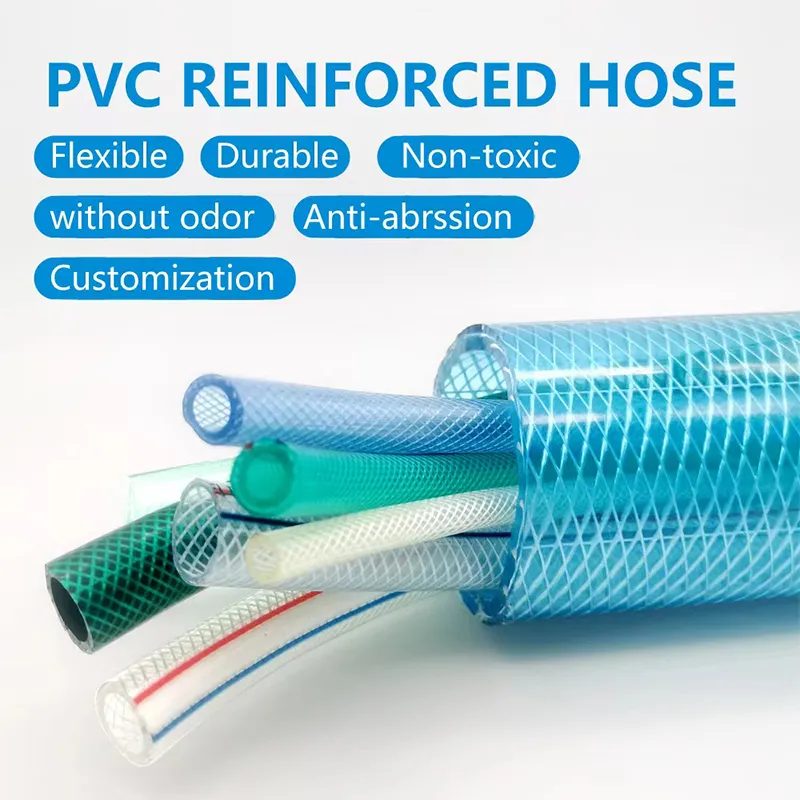Hoses for Safe Handling of Oxygen and Acetylene in Welding Applications and Safety Precautions
Hose Oxygen and Acetylene Essential Elements of Welding and Cutting
In the world of metalworking and fabrication, welding and cutting are vital processes that allow for the joining and shaping of materials. One of the most commonly used methods for welding and cutting is oxy-acetylene cutting, which relies on a combination of oxygen and acetylene gases. At the heart of this process are the hoses that transport these gases to the torch, enabling the creation of high-temperature flames essential for various applications in construction, automotive repair, and artistic metalwork.
Understanding the Components Oxygen and Acetylene
Oxygen and acetylene gases form a powerful duo in welding. Oxygen is a colorless, odorless gas that supports combustion, while acetylene is a hydrocarbon gas that burns with a high temperature when mixed with oxygen. When used in combination, these gases can produce flames that exceed 3,000 degrees Celsius (5,432 degrees Fahrenheit). This extreme heat is crucial for melting and fusing metals, making oxy-acetylene an ideal choice for processes that require precision and strength.
The Role of Hoses in the Oxy-Acetylene System
Hoses play a fundamental role in the safe and efficient transport of gases from their respective tanks to the welding torch. Typically, the hoses used in oxy-acetylene systems are color-coded for safety the oxygen hose is usually green, while the acetylene hose is red. This color-coding helps prevent dangerous mistakes that could lead to explosions or fires.
Constructed from materials designed to withstand high pressures and temperatures, these hoses are engineered to minimize the risk of leaks. Regular maintenance and inspection of the hoses are critical as any wear or damage can result in gas leaks, posing significant hazards. Users must ensure that the hoses are properly connected, without kinks or obstructions, to maintain optimal gas flow and pressure.
Applications of Oxy-Acetylene Welding
hose oxygen acetylene

The versatility of oxy-acetylene welding makes it popular in various industries. Its ability to produce high temperatures makes it suitable for cutting through thick metal plates and for welding applications, including joining steel and other metals. This technique is widely used in construction, shipbuilding, automotive repair, and art metal fabrication.
Oxy-acetylene cutting is especially valued for its portability. Compared to other welding methods, the equipment required is relatively lightweight and can be easily transported to job sites, making it ideal for fieldwork. Moreover, the skill set required to master oxy-acetylene techniques is accessible, allowing many tradespeople and artists to adopt it for their projects.
Safety Considerations
While oxy-acetylene systems are powerful, they also require careful handling and adherence to safety protocols. Proper ventilation is essential when working with these gases, as the combustion process can produce harmful fumes. Equipment such as flashback arrestors should be used to prevent flames from traveling back into the hoses, a common safety measure in welding setups.
Additionally, personal protective equipment (PPE), including safety goggles, gloves, and flame-resistant clothing, should be worn at all times. Training and certification in oxy-acetylene techniques can further enhance safety, ensuring that users understand the risks and best practices associated with using these gases and their associated equipment.
Conclusion
Hoses for oxygen and acetylene are more than just conduits for gas; they are integral components of a powerful and widely used welding method. Understanding their function, applications, and safety protocols is essential for anyone involved in welding and metal fabrication. As technology advances, the methods and safety of handling these materials will continue to evolve, but the fundamental principles of oxy-acetylene welding will remain a cornerstone of the metalworking industry.
-
Welded Wire Mesh Panel: Durable, Versatile, and AffordableNewsJul.28,2025
-
Top Quality Oxy Acetylene Hoses for Sale Fit for Welding DemandsNewsJul.28,2025
-
The Future of Pneumatic Air Tubes in IndustryNewsJul.28,2025
-
Superior and Reliable LPG Hose Pipe Solutions for Every NeedNewsJul.28,2025
-
Exceptionally Durable and Versatile Premium Braided PVC TubingNewsJul.28,2025
-
Best Adapters for Connecting Garden Hose to PVC Pipe ConnectionsNewsJul.28,2025














